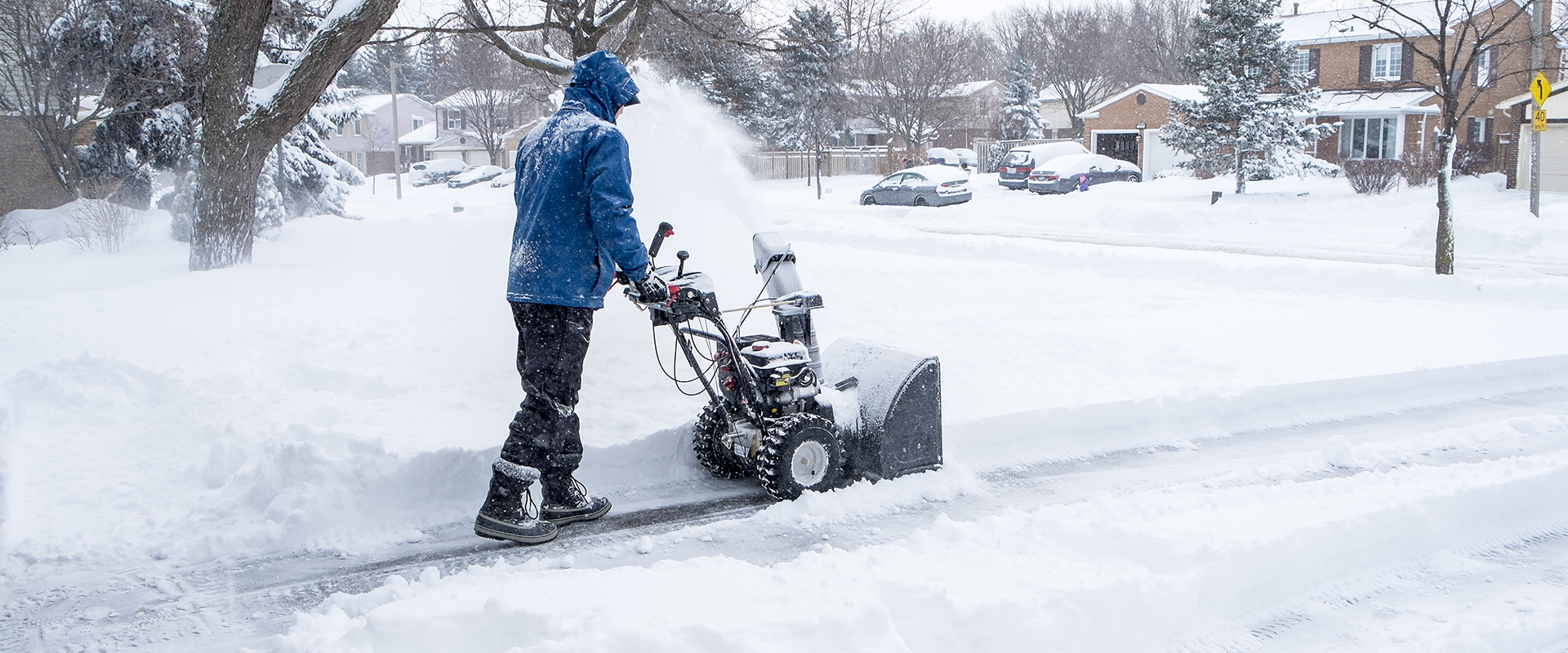Designing a gorgeous surrounding for your estate can greatly boost its curb appeal and market value. Nonetheless, many property owners fall into common blunders that may cause frustration and discouragement. Whether you are from the ground up or seeking to enhance an already established yard, understanding the common issues to avoid may save you energy, resources, and effort in the long run.
From neglecting the quality of the soil to picking the wrong flora, each mistake may have lasting consequences on your outdoor setup. In this write-up, we will explore the leading ten frequent blunders people fall into when landscaping their property. Providing insights and tips to help you develop and sustain a flourishing outdoor space that you can cherish for a long time. Let us get started and guarantee your landscape endeavor is successful from the start.
Choosing the Wrong Flora
Selecting the appropriate plants is crucial for a prosperous garden, yet numerous property owners make the mistake of selecting based on looks alone. It's important to take into account the weather, ground type, and sunlight conditions of your property. lawn and garden north vancouver that prosper in one region may struggle or fail completely in another. By understanding the exact needs of your landscape, you can make certain that the plants you pick will thrive and create a balanced environment.
Another common error is overlooking the full-grown size of flora. Property owners often buy small flora without thinking about how large they will expand over time. This can lead to congestion and rivalry for resources, causing underperforming plants. To steer clear of this, it's crucial to investigate the ultimate size of any plants you consider, allowing adequate space for each to expand to its potential without hindrance.
Additionally, it's sensible to steer clear of picking flora solely for their aesthetic beauty without acknowledging their maintenance requirements. Some species may require frequent pruning, pest control, or specific care, which can be an ongoing task. Selecting easy-care flora can help you create a stunning landscape that is effortless to care for, giving you more opportunity to appreciate your outdoor space rather than constantly caring for it.
Overlooking Soil Quality
One of the typical errors homeowners make when landscaping their property is disregarding the quality of their soil. Good soil is the cornerstone for a successful landscape, as it supports plant growth and helps retain moisture and nutrients. Failing to test and amend soil can lead to subpar plant performance and ultimately a lackluster landscape. Understanding the pH, nutrient levels, and texture of your soil can guide you in selecting the appropriate plants and establishing a strong foundation for your garden.
When the soil is overlooked, issues such as compaction, drainage problems, and nutrient deficiencies can arise. Compacted soil can suffocate roots and hinder their growth, while poor drainage can lead to flooded conditions that damage plants. Conducting a soil test allows you to identify these issues and make enlightened decisions, such as adding organic matter or adjusting pH levels to create an ideal growing environment for your landscape.
Neglecting soil quality not only influences the initial results of your landscaping efforts but can also have long-lasting impacts on the ecosystem of your yard. Good soil promotes biodiversity and supports beneficial organisms like worms and microorganisms that contribute to a thriving landscape. By emphasizing soil health, you can ensure that your landscaping project is beneficial, sustainable, and full of life for years to come.
Overlooking Adequate Drainage
Adequate drainage is essential for a successful landscape design. When water does not drain properly, it can lead to a range of problems such as flooding, soil erosion, and plant root rot. When creating your landscape, it is essential to evaluate the original flow of water on your property and to incorporate attributes that will guide that water away from sensitive areas. If you neglect this consideration, you may find that your attractive plants and hardscapes are affected due to prolonged exposure to too much water.
Furthermore, poor drainage can affect the longevity of your landscape features. Pavers, patios, and installations can be compromised if water collects around or under them, leading to breaks and various problems over time. Installing adequate drainage methods, such as French drains, swales, or rain gardens, can help avoid these problems. Consulting with a expert to design an optimal drainage system could spare you from high repairs and maintenance later on.

Furthermore, overseeing your drainage system is just as crucial as its initial installation. Consistently check and clear any obstructions from gutters, downspouts, and drainage channels to make sure water can move unimpeded. Periodic inspections can help detect any potential issues or problems that could lead to drainage failures. By focusing on drainage, you promote a healthier landscape that thrives instead of suffers.
